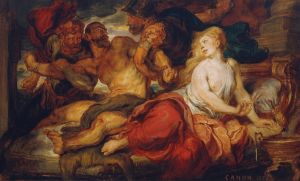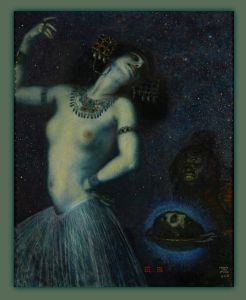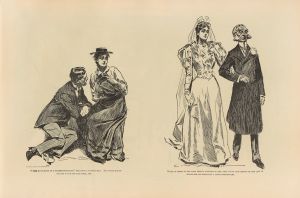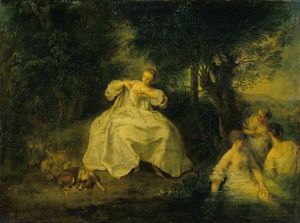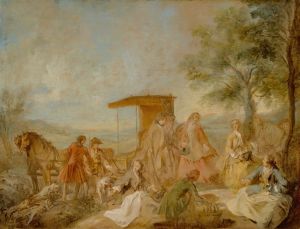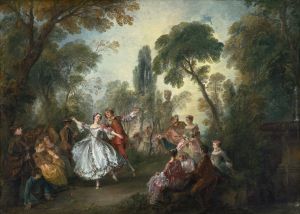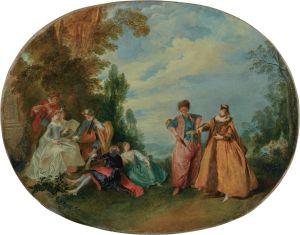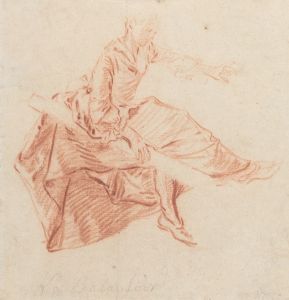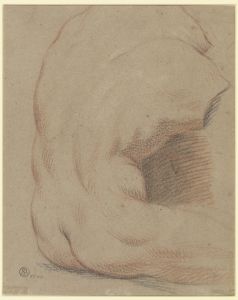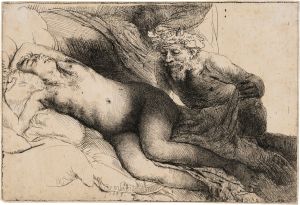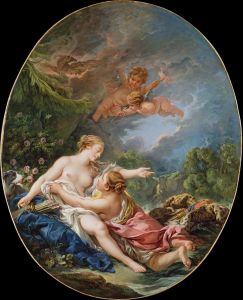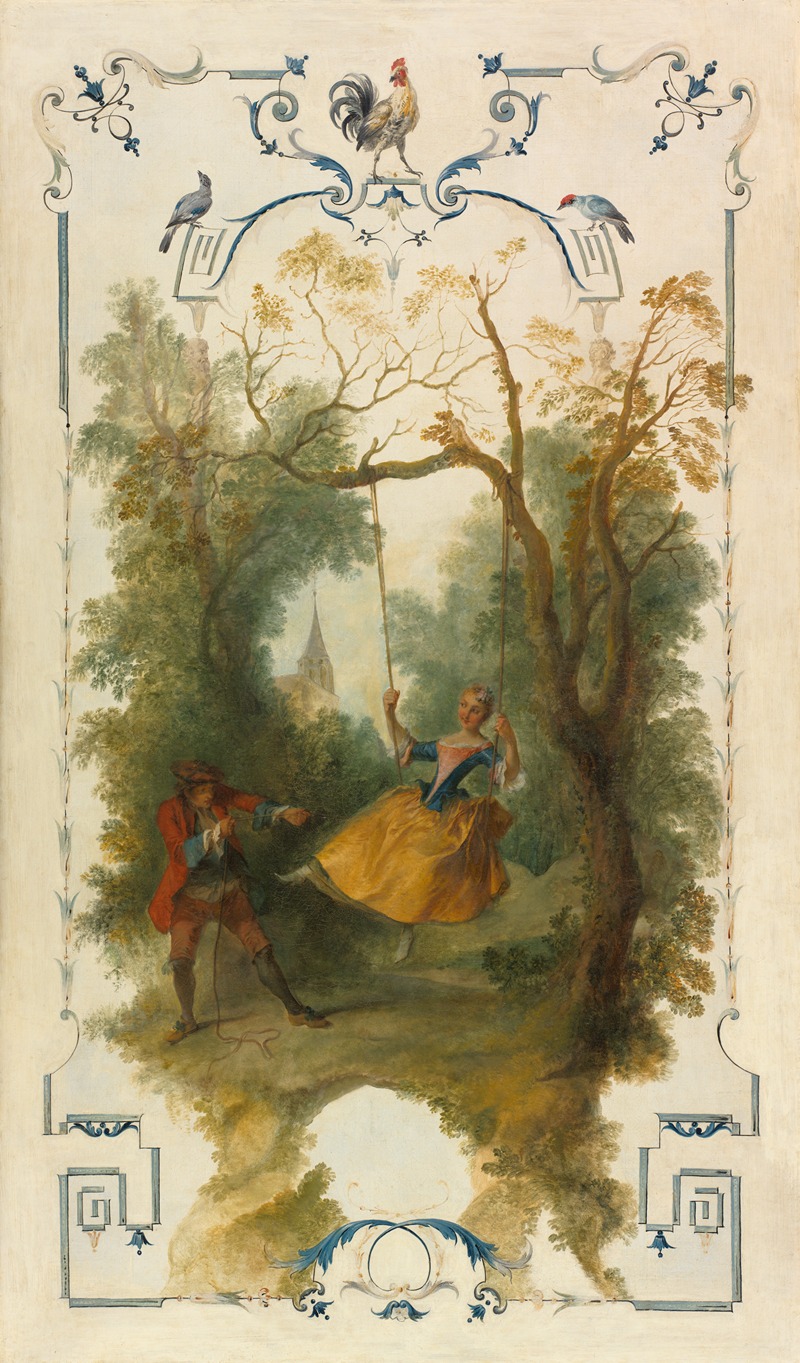
The Swing
A hand-painted replica of Nicolas Lancret’s masterpiece The Swing, meticulously crafted by professional artists to capture the true essence of the original. Each piece is created with museum-quality canvas and rare mineral pigments, carefully painted by experienced artists with delicate brushstrokes and rich, layered colors to perfectly recreate the texture of the original artwork. Unlike machine-printed reproductions, this hand-painted version brings the painting to life, infused with the artist’s emotions and skill in every stroke. Whether for personal collection or home decoration, it instantly elevates the artistic atmosphere of any space.
Nicolas Lancret was a prominent French painter of the Rococo period, known for his genre scenes that often depicted the leisurely activities of the French aristocracy. One of his notable works is "The Swing," which exemplifies the playful and light-hearted spirit of the Rococo style. Lancret was born in Paris in 1690 and became a member of the Académie Royale de Peinture et de Sculpture in 1719. His works were highly popular among the French elite, and he was a contemporary of other renowned Rococo artists such as Antoine Watteau.
"The Swing" by Nicolas Lancret captures a moment of leisure and flirtation, a common theme in Rococo art. The painting typically features a young woman seated on a swing, often in a lush garden setting, surrounded by admirers or companions. This composition reflects the Rococo fascination with themes of love, nature, and the carefree pursuits of the upper classes. Lancret's skillful use of color and light, along with his attention to detail, brings a sense of movement and life to the scene.
Lancret's "The Swing" should not be confused with the more famous painting of the same name by Jean-Honoré Fragonard, which was created later in the 18th century. While both paintings share a similar subject matter, they differ in style and execution. Lancret's version is characterized by a more restrained elegance and subtlety, in contrast to Fragonard's exuberant and dynamic composition.
The Rococo period, during which Lancret painted, was marked by a shift away from the grandeur and formality of the Baroque era. Instead, Rococo art embraced a lighter, more decorative approach, emphasizing themes of pleasure and frivolity. This cultural context is evident in Lancret's work, as he often depicted scenes of aristocratic leisure, such as picnics, dances, and garden parties.
Lancret's paintings were highly sought after during his lifetime, and he enjoyed considerable success and patronage. His works were collected by notable figures of the time, including King Louis XV of France. Lancret's ability to capture the essence of the Rococo lifestyle made him a favorite among the French nobility.
Despite his popularity in the 18th century, Lancret's reputation waned in the following centuries as tastes in art shifted. However, his contributions to the Rococo movement have been re-evaluated in recent years, and his works are now appreciated for their charm and technical skill. "The Swing" remains a testament to Lancret's talent and his ability to convey the elegance and whimsy of his era.
Today, Nicolas Lancret's paintings, including "The Swing," can be found in various museums and private collections around the world. They continue to be studied and admired for their historical significance and artistic merit, offering a glimpse into the leisurely pursuits of 18th-century French society.





